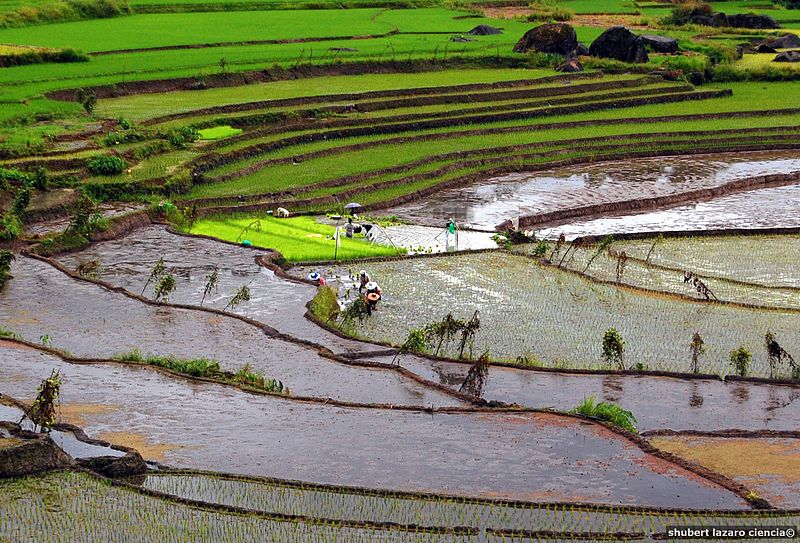As humanitarian organizations scrambled to send relief to the Philippines this week following the country’s battering by Typhoon Haiyan, foreign governments prepared to support the rebuilding and economists looked to assess the tragedy’s near-term impact.
The typhoon was a stark reminder that Asia has faced its share of extreme natural disasters—earthquakes, tsunamis, cyclones and volcanic eruptions to name a few. In fact, in just the past four years, the Philippines has been struck by five of the costliest storms in its history—amounting to a cumulative estimated US$2.4 billion in damages. While both terrifying and devastating for the country’s population, such natural disasters have been more limited in terms of their impact on the country’s economy. Estimated damages for the five prior storms amounted to less than 1% of this year’s GDP, in an economy that has grown approximately 12% annually in nominal U.S. dollar terms over the past decade.
While the extent of the toll of Haiyan is still unknown, the capital of Manila and its surroundings were largely spared. The hardest hit regions have been predominantly agricultural, and account for just 18% of GDP. That said, since food comprises a large percentage of the Philippines’s consumer price index (CPI), the CPI is likely to rise in the coming months.
This may also pose a short-term impact on inflation in other areas. Roads, ports and other infrastructure that will need to be rebuilt may create bottlenecks in the supply chain. But despite its recent high growth, the Philippines has maintained low single-digit inflation since 2010, so even a minor uptick should not have serious ramifications.
With the need for infrastructure even more critical now, the willingness and incentives for governments and private businesses to work together should be even higher. In the long run, the infrastructure enhancements could lower costs of manufacturing in the Philippines, a sector that has traditionally lagged growth in services and consumption. And more importantly, better infrastructure should prepare the country to withstand the next powerful storm.
This is not to downplay the human disaster of such storms. Too often media attention to countries like the Philippines, Thailand and Sri Lanka comes chiefly when there are natural disasters, as if these nations are powerless and battered in the face of wild uncontrollable forces.
The historical reality is that Asian countries have proven to be resilient in the wake of natural disasters, and the economy of the Philippines seems capable of weathering this particular storm. In fact, outside of the Indian subcontinent and Indonesia, Asia as a whole tends to run current account surpluses—counter to the common perception that the region remains subject to the unknowable rhythms of outside forces. Asia’s economies have been resilient in the face of recent financial setbacks as well—both the 2008 global financial crisis and the recent volatility related to potential tapering of monetary stimulus. Perhaps it is time to stop thinking about Asia as a region that is helpless in the face of storms, both natural and financial, and time to see it as one that is able to adapt and grow over the long term despite these events.
Asia is fundamentally more resilient than most people realize, and we believe the Philippines will make it through this disaster. But, for now, our thoughts and wishes are with the storm’s victims.
Robert Horrocks, Chief Investment Officer at Matthews Asia
The views and information discussed represent opinion and an assessment of market conditions at a specific point in time that are subject to change. It should not be relied upon as a recommendation to buy and sell particular securities or markets in general. The subject matter contained herein has been derived from several sources believed to be reliable and accurate at the time of compilation. Matthews International Capital Management, LLC does not accept any liability for losses either direct or consequential caused by the use of this information. Investing in international and emerging markets may involve additional risks, such as social and political instability, market illiquidity, exchange-rate fluctuations, a high level of volatility and limited regulation. In addition, single-country funds may be subject to a higher degree of market risk than diversified funds because of concentration in a specific geographic location. Investing in small- and mid-size companies is more risky than investing in large companies, as they may be more volatile and less liquid than large companies. This document has not been reviewed or approved by any regulatory body.

